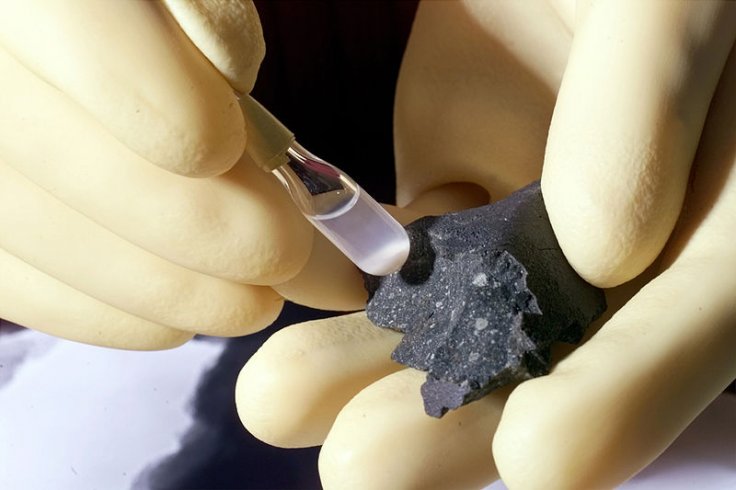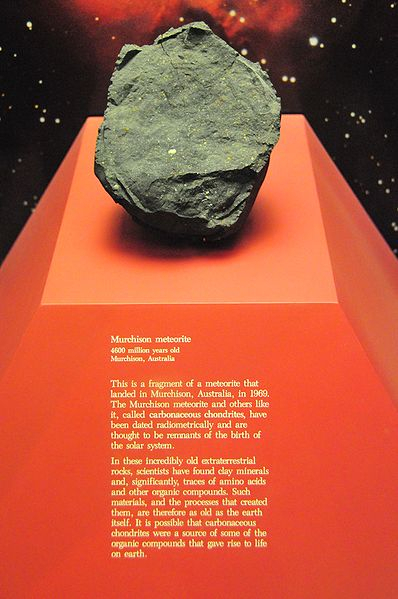Half a century ago, a meteorite crashed into Australia's Victoria, near Murchison in 1969. After all these years researchers have discovered stardust dating back to almost seven billion years and the scientists claimed that these interstellar particles were originated before the formation of our solar system and sun.
Known as Murchison meteorite, it is one of the most studied meteorites in the world. The interstellar object has a mass of 220 lb and it experienced an observed fall. Earlier scientists claimed that it belongs to a group of meteorites which are rich in organic compounds.
New research reveals jaw-dropping secrets

Led by astronomer Philipp Heck from the University of Chicago the new study was published in the Proceedings of the National Academy of Sciences. In this research paper, scientists stated that Australia's meteorite has been dated to between five billion and seven billion years old.
During the research, the scientists also noted that these grains originated as interstellar dust which is now considered as the oldest solid materials on earth, formed almost around four and a half billion years ago.
As mentioned by the scientists this is a groundbreaking finding as the results shed light into early universal conditions and provide evidence to how the scenario was before the formation of our solar system. Other evidence on astronomical events also includes the "baby boom" period of the star formation that happened billions of years ago. In a press release, the researcher Heck stated that this new finding is one of the most exciting studies of his career.
The interstellar materials
It should be noted that the origin of stardust astronomy lies in a star's death. As per the scientists, it is made of particles remaining from a supernova explosion. Eventually these interstellar materials re-accumulate and then form another star or planets, moons as well as meteorites.
But there is hardly any chance of tracing such tiny grains on earth. As mentioned in a press release by University of Chicago, "They're rare—found only in about five percent of meteorites that have fallen to Earth, and they're tiny—a hundred of the biggest ones would fit on the period at the end of this sentence."
A researcher at the Center for Petrographic and Geochemical Research (CPRG) in Nancy, David Bekaert who was not involved in the recent study stated that the alien particles that predate the brightest star of the solar system, sun, are known as "presolar grains."
As per the Bekaert, the existence of the presolar grains in primitive meteorites is known for a long time. In addition, he said, "Assessing how old they are, and whether or not they were generated in a single star formation episode that predated the formation of our own solar system, had remained hampered by the lack of reliable techniques to date individual presolar grains."
Main findings of the study

Jennika Greer, a co-author of the study and a graduate student at the Field Museum and the University of Chicago stated that the first step of the study started with crushing fragments of the meteorite down into a powder and after the segregation of all the pieces "It's a kind of paste, and it has a pungent characteristic—it smells like rotten peanut butter."
However, later he researchers found that the grains absorbed a tremendous amount of cosmic rays over the eons and the oldest ones were dated to about seven billion years ago, while the majority of the grains dating back to almost more the four and a half billion years ago, while a small handful dating to over five billion years ago. It showed that all the alien particles in Murchison meteorite originated before the formation of the solar system and sun.








